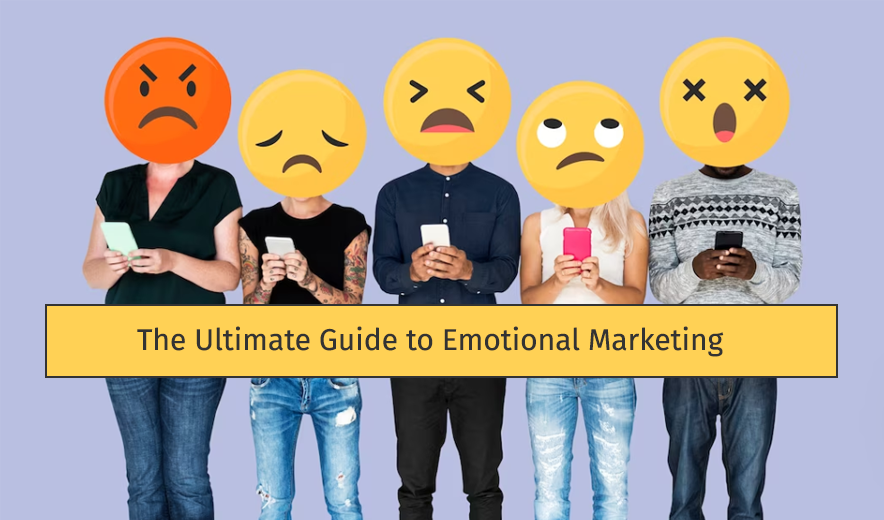Improve Your Marketing Strategy with Psychographic Segmentation
Businesses are constantly seeking innovative ways to connect with their target audience. One such method that has gained significant traction is psychographic segmentation. This approach goes beyond traditional demographics and delves into the psychological and behavioral aspects of consumers. In this article, we will explore what psychographics entail, the benefits they offer for your marketing strategy, how to create a psychographic profile, and how psychographic marketing can be applied to email marketing segmentation.
Understanding Psychographics
Psychographics refers to the study of consumers’ attitudes, interests, values, and lifestyles (AIO variables). Unlike demographics, which categorize people based on age, gender, income, and location, psychographics focus on the “why” behind consumers’ choices. It helps marketers understand the deeper motivations and preferences that influence purchasing decisions.
Benefits of Psychographics for Your Marketing Strategy
Enhanced Targeting
Psychographic segmentation allows for precise targeting. By understanding consumers’ values and interests, you can tailor your marketing messages to resonate with them on a personal level. This level of personalization is not possible with demographic data alone. For example, if you know that a segment of your audience is environmentally conscious, you can craft messages that highlight your brand’s sustainability efforts. This tailored approach makes consumers feel understood and valued, increasing the likelihood of conversion.
Improved Engagement
When your marketing speaks directly to the values and aspirations of your audience, you can expect higher engagement rates. Customers are more likely to interact with your content, whether it’s through likes, shares, comments, or click-throughs. This engagement is crucial in today’s competitive digital landscape, where attention spans are short, and competition for consumer attention is fierce.
Higher Conversion Rates
Personalized marketing based on psychographics can lead to increased conversion rates. Customers feel that your product or service is designed specifically for them, making them more likely to convert. For instance, if you’re promoting a fitness product, understanding that a segment of your audience values health and wellness, you can emphasize how your product aligns with their goals. This targeted approach increases the chances of a purchase.
Brand Loyalty
Establishing an emotional connection through psychographics can foster long-term brand loyalty. Consumers are more likely to stick with a brand that understands and shares their values. Over time, this loyalty can translate into repeat business and advocacy. When consumers feel a strong connection to your brand, they become ambassadors, promoting your products or services to others in their social circles.
Creating a Psychographic Profile
Creating a psychographic profile involves several steps:
1. Conduct Surveys and Questionnaires
Engage your existing customers or target audience in surveys and questionnaires. Ask questions about their interests, hobbies, values, and opinions. This data forms the foundation of your psychographic profiles. For example, if you’re a fashion retailer, you might ask customers about their fashion inspirations, favorite clothing brands, and how they express their individuality through fashion.
2. Analyze Social Media Behavior
Social media platforms provide valuable insights into consumer behavior. Analyze the content they engage with, the pages they follow, and the groups they join. This can provide clues about their interests and values. If you notice that a segment of your audience frequently shares content related to outdoor adventures, you can tailor your marketing to appeal to their love of the outdoors.
3. Customer Interviews
Conduct one-on-one interviews with your customers to gain deeper insights. Ask open-ended questions that encourage them to discuss their motivations and preferences. For instance, if you’re a travel company, you might ask customers about their dream travel destinations and the experiences they seek while traveling.
4. Data Analysis
Utilize data analysis tools to identify patterns and trends within your collected data. Look for commonalities and group customers based on shared psychographic traits. For example, you might identify a group of customers who are adventure seekers, another group who prioritize luxury and comfort, and a third group who are budget-conscious travelers. These insights will guide your marketing strategies for each segment.
Applying Psychographic Marketing to Email Marketing Segmentation
Once you have created psychographic profiles, you can leverage them in your email marketing strategy:
1. Personalized Content
Craft email content that resonates with specific psychographic segments. Tailor product recommendations, messaging, and imagery to align with their values and interests. For instance, if you’re an e-commerce business, you can send personalized product recommendations to each segment based on their preferences.
2. Segmented Email Lists
Segment your email lists based on psychographic traits. Send targeted campaigns to each segment, addressing their unique motivations and preferences. If you have a segment of environmentally conscious customers, you can send them emails highlighting your eco-friendly products or initiatives.
3. A/B Testing
Continuously refine your email content through A/B testing. Experiment with different messaging approaches to determine what resonates best with each psychographic segment. For example, you can test different subject lines or calls to action to see which generates the highest click-through rates for each segment.
4. Behavioral Triggers
Set up behavioral triggers in your email marketing automation. Send follow-up emails or offers based on the actions and engagement levels of your subscribers. For instance, if a customer from the adventure-seeking segment clicks on a hiking gear product, you can automatically send them related product recommendations or discounts.
Conclusion
Incorporating psychographic segmentation into your marketing strategy can yield significant benefits. It allows you to connect with your audience on a deeper level, leading to improved engagement, higher conversion rates, and lasting brand loyalty. By creating psychographic profiles and applying them to email marketing segmentation, you can maximize the impact of your marketing efforts.
If you want to know more about insightful marketing strategies, Marrina Decisions can help you get started. You can simply write to us via our Contact Us page, email us at info@marrinadecisions.com, or get in touch with us on Facebook, Twitter, or LinkedIn.
If you want to check out our other fabulous blogs, click here and if you want free informative whitepapers you can click over here.

